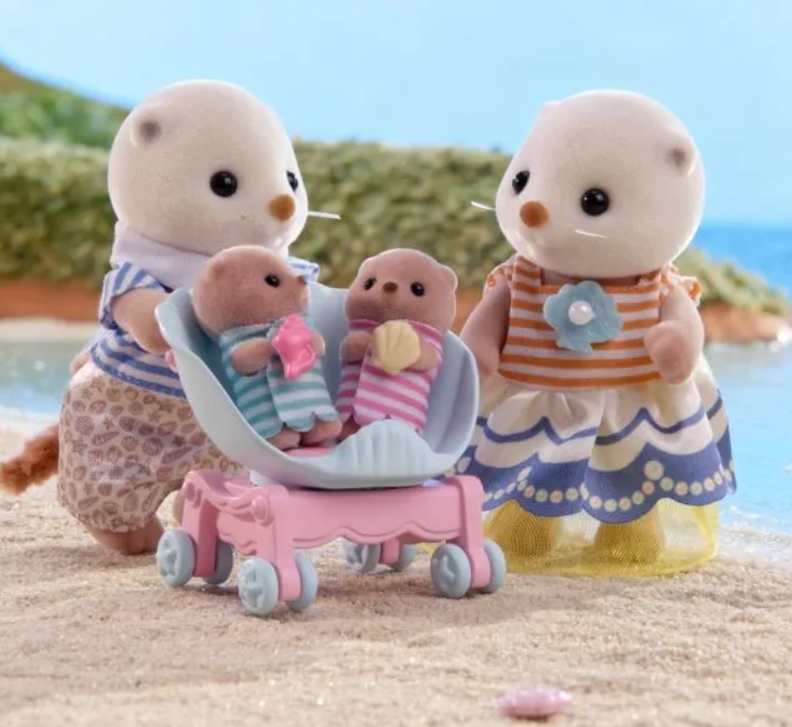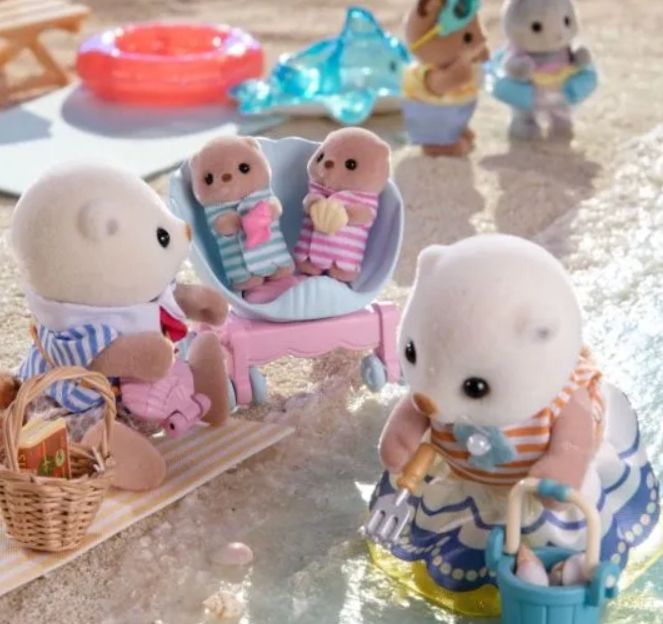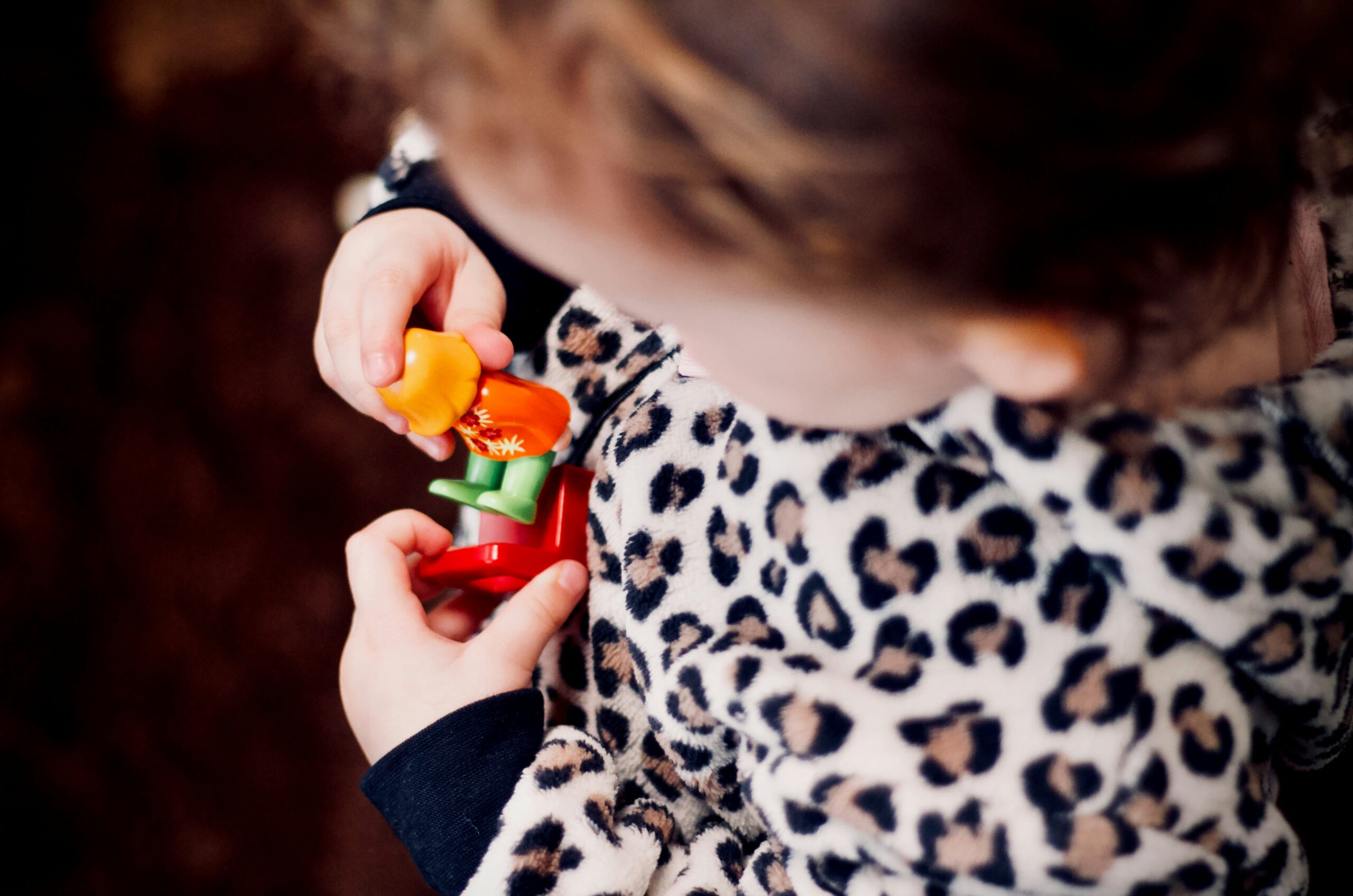Imaginative play is so important for our children and yet some of them don’t engage with it enough. This can be for a number of reasons from a lack of confidence to lack of opportunities but it is something that we, as their parents and carers, should monitor and encourage, especially in those early years of development between 2-7. If you are unsure why imaginative play is so crucial, or are already aware that your child avoids it or even struggles with it, then this article will help you to not only understand it’s importance but also provide you with easy to implement ideas to help them improve their imaginative play skills.
The important of imaginative play
Imaginative play can help children develop in lots of different areas and helps them to make sense of the world around them in a safe way.
Social development – Imaginative play often looks like role play where children can take on the roles of other people in society from their peers to nonspecific adults, from their favourite teachers to interesting individuals like astronauts, police or even pirates. They can practice seeing the world from other view points which helps them to develop theory of mind and empathy.
Cognitive processing – Imaginative play helps children develop their problem solving skills, critical thinking and also abstract thinking. They can create situations they have seen or heard about and try and solve them in the role of their chosen character, adding in more and more hurdles or solutions as they go along. It allows them to practice in a safe environment and seek feedback from their peers too.
Emotional development – By taking on the role of someone else, or being the voice behind a stuffed toy or character they can try out different emotional responses to a situation. They can also process their own responses and those of others and then change the situation to see what impact it has. Imaginative play is also great for confidence building and strengthening their own emotional regulation and processes in the real world.
Fun – Imaginative play is also a great way for children to simply have fun, try out new ideas, situations and words and just enjoy themselves. However for some children imaginative play isn’t easy and this is where you, as their parent or carer, come in.
Helping your child with imaginative play
Some children are more self aware than others, they feel nervous, shy or even embarrassed about letting their imagination show in front of others. They don’t speak freely for fear of being judged or bossed about by more dominating children and so they tend to either watch the imaginative play from the sidelines or join in by allowing themselves to be directed by other children.
For others their imaginative play struggles come more from a lack of creative thinking, an inability to deviate from the here and now, black and white and fact and fiction and for some they just don’t see the “point” of making stuff up.
Whatever category your child falls in to if you need some tips and tricks for helping them develop their imaginative play then try these:
Provide the props
Some children can just jump straight in to imaginative play but for those that can’t props can be hugely beneficial. These can be things like dressing up outfits that allow them to physically take on a new look, become a new character, hide behind the flamboyancy of an outfit and feel a little less exposed.
Dolls, action figures or Sylvanian families work really well as they can orchestrate their play by moving these around. Anyone joining in or watching will be looking at they toys and not at the child allowing them to once gain feel less exposed or on display. If these figures come with little probs then they can be beneficial too, for example the sea otter set from Sylvanian families comes with beach related paraphernalia which helps spark beach related ideas as well as a pram that can lead to mummy’s and daddies, travel, tantrums and other baby/pram related story lines.

Props do not need to be expensive and can even be things like old toilet role tubes that instantly become telescopes, boxes that can be anything from racing cars to robot outfits and hundreds of things in between. The main point is to take the focus off the child and on to the prob or props.
The prob does not even need to have a specific purpose and can be changed as many times as needed, it just needs to be an aid they can use to help them feel more at ease and less vulnerable.
Create the opportunities
If children don’t like something or don’t believe they are good at it they will usually avoid it and most certainly wont willing create opportunities to engage in it themselves. As a parent this is where you need to step in, even if imaginative play isn’t your thing either, you need to create the opportunities for them. It does not need to be long planned sessions, start by simply walking down a street pretending to be on a treasure hunt, start avoiding the cracks in the pavement because they are crocodiles, pick up leaves and explain how each one has a magical power. Just a few minutes here and there can be enough to spark joy in imaginative play and encourage them to get involved too.
You may want to increase the time slowly and introduce a few props and then ask them to join you as you play. Offer up a very basic idea or problem at first and then allow them to take the lead.
For example – “mummy otter wants to take all the children to the beach but the car has broken down what will she do?”
“Baby otter is crying because something touched it’s foot in the sea, I wonder what it was….”
“Oh no it’s starting to rain at the beach we need to get home quickly lets jump on a rocket!”
Adding in silly options is a great way to show them they wont be judged on right and wrong answers and that imagination is all about having fun and being creative.

Follow their lead
When they do have an idea, roll with it. Even if it’s not where you wanted the game to go, you think it’s a bit boing or a bit too silly, just roll with it. Add to it. Mirror their ideas and encourage them to develop them by asking how, what, when and where type questions.
Positive feedback
For many children who struggle with imaginative play it is because they feel judged or struggle with the creative side of things so offer praise repeatedly. Tell them you love that idea, or that’s what you were thinking too and then add to it. Pose a question and give them some options and say you were hoping they’d pick that one as it’s the most exciting. Laugh with them and at the end tell them how much you enjoyed playing with them.
Create a free play space
As they start to participate in the imaginative play more often create a designated space where they can do this independently should they wish, it could be a dolls house, or a small area of their bedroom or play area or in summer a spot in the garden where props and toys are easily accessible. When you have some down time instead of jumping straight in with them ask them to go and set up a game in the imagination station and you’ll join them in a minute. Then when they are telling you they are bored encourage them to go and play in that area whilst you get on with something else and you’ll come and see what they’ve done soon.
Invite others in
Once your child appears more confident and able to initiate this imaginative play on their own start to encourage ot with others. Invite friends over for play dates and start of an imaginative game that involves all of them and watch how they start to improve and the take lead using things they have tested with you before.
By implementing some of these tips and creating opportunities for child to practice imaginative play you will start to see improvements int heir creative thinking and willingness to participate which in turn will benefit their critical thinking, cognitive, emotional and social skills too.

